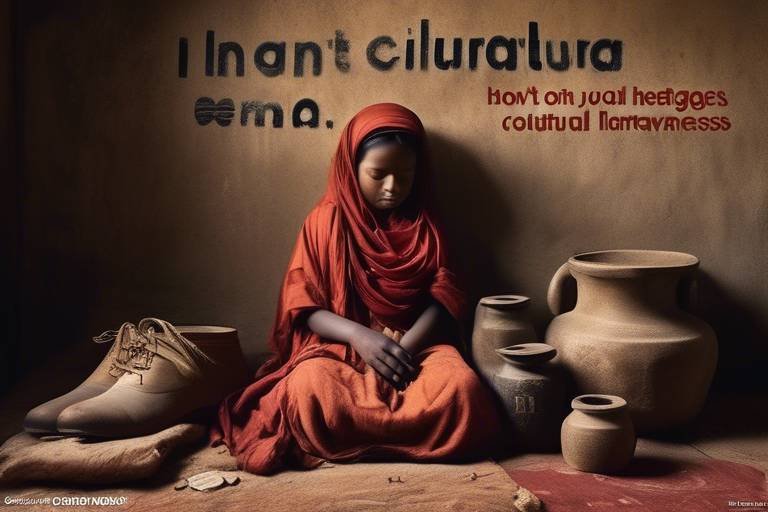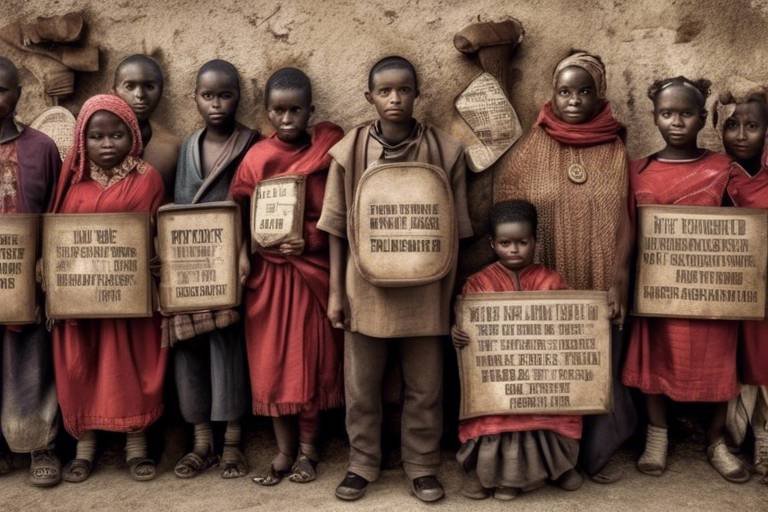The Role of Education in Heritage Awareness and Preservation
Education plays a pivotal role in raising awareness about heritage and ensuring the preservation of cultural treasures for future generations. By imparting knowledge about the significance of heritage, educational institutions contribute to instilling a sense of pride and responsibility towards our cultural legacy. Through structured heritage education programs, students are equipped with the understanding and appreciation necessary to become stewards of our shared heritage.
One of the key aspects of heritage education is highlighting the importance of preserving historical sites and artifacts. By teaching heritage conservation techniques such as restoration, documentation, and sustainable practices, educators empower individuals to actively participate in safeguarding our cultural assets. This hands-on approach not only educates but also instills a sense of ownership and commitment to preserving heritage for posterity.
Local communities play a vital role in the preservation of heritage sites. Their active involvement and engagement in heritage preservation efforts are essential for the sustainable conservation of cultural assets. By fostering a sense of community pride and responsibility, individuals are more likely to take proactive steps in protecting and promoting their cultural heritage.
Despite the value of heritage preservation, there are several challenges that hinder these efforts. Issues such as lack of funding, urban development pressures, and inadequate legal protection of heritage sites pose significant obstacles to conservation initiatives. Overcoming these challenges requires collaborative efforts from various stakeholders, including government bodies, private organizations, and the general public.
Advancements in digital technologies have revolutionized heritage education by providing innovative tools and platforms to enhance learning experiences. Through the use of virtual reality, online resources, and interactive exhibits, educators can engage audiences in immersive ways, fostering a deeper connection to cultural heritage. These digital tools also enable the global dissemination of heritage knowledge, promoting cross-cultural understanding and appreciation.
Sustainable tourism practices play a crucial role in balancing the economic benefits of tourism with the need for heritage preservation. By implementing strategies that prioritize the conservation of heritage sites and promote responsible tourism, communities can harness the economic potential of tourism while safeguarding their cultural heritage for future generations. This delicate balance is essential for ensuring the long-term sustainability of both tourism and heritage conservation.
Museums serve as educational institutions that play a vital role in heritage awareness and preservation. By showcasing cultural artifacts, hosting exhibitions, and preserving intangible heritage traditions, museums contribute to the dissemination of knowledge and the promotion of cultural heritage. Their role in educating the public and preserving our collective heritage is invaluable in fostering a sense of cultural identity and appreciation.
Empowering youth to become advocates for heritage conservation is essential for ensuring the continuity of preservation efforts. Through initiatives and programs that engage young people in heritage conservation activities, we can cultivate a new generation of heritage champions. By encouraging intergenerational knowledge transfer and fostering a sense of responsibility towards heritage, we can create a sustainable legacy for future generations to inherit.
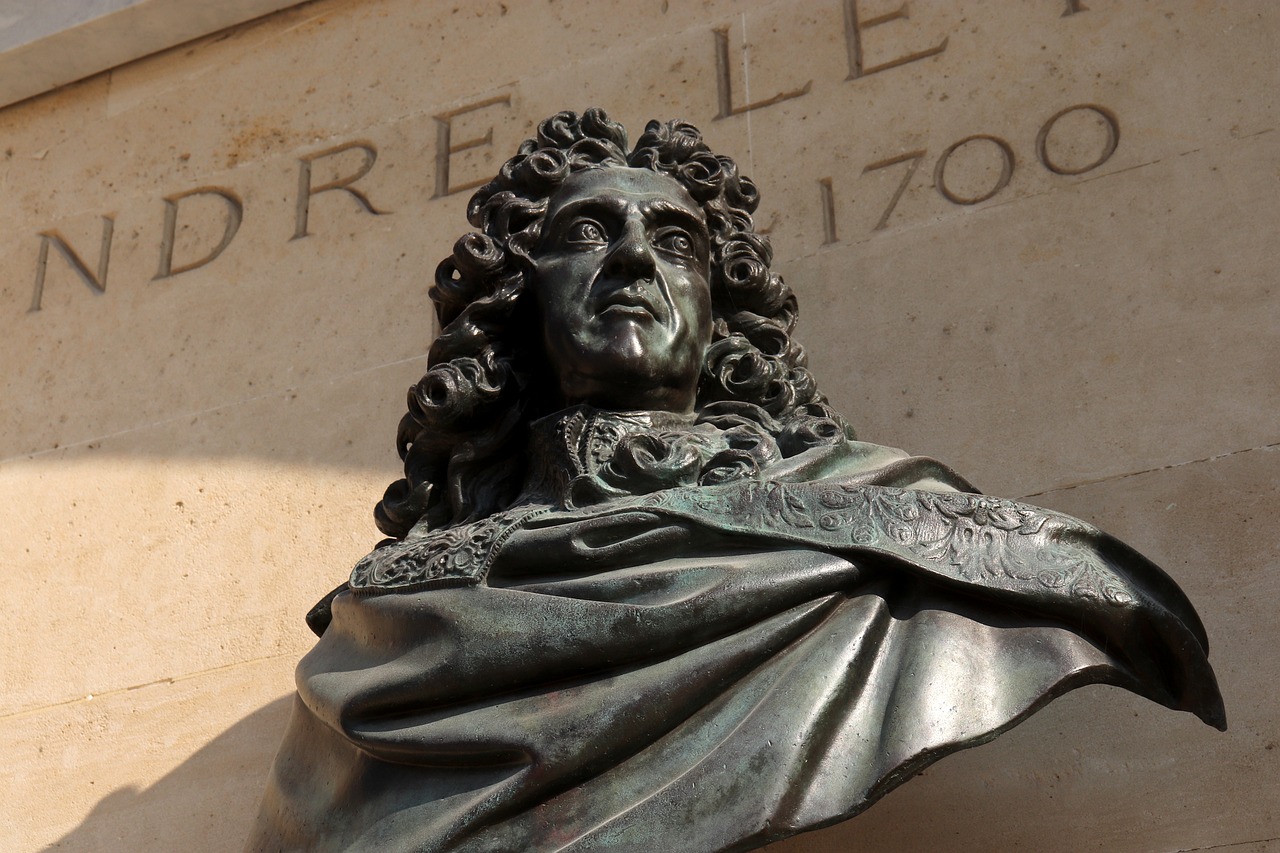
Importance of Heritage Education
Heritage education holds a vital role in fostering a deep appreciation for our cultural legacy and ensuring its preservation for future generations. By imparting knowledge about historical significance, traditions, and values, heritage education instills a sense of pride and responsibility towards our shared heritage.
Understanding the importance of heritage education is crucial in cultivating a strong connection to our past and shaping a sustainable future. Schools and institutions play a pivotal role in integrating heritage education into their curriculum, creating opportunities for students to engage with their cultural roots.
Through heritage education, individuals develop a profound respect for cultural diversity and heritage sites, contributing to the protection and conservation of these valuable assets. By learning about the history and significance of heritage sites, individuals are inspired to become stewards of their cultural heritage.
Moreover, heritage education serves as a bridge between the past and the present, enabling individuals to appreciate the rich tapestry of human history and the legacy passed down through generations. By preserving and promoting cultural heritage, we ensure that our traditions and values endure for years to come.

Heritage Conservation Techniques
When it comes to heritage conservation, various techniques are employed to ensure the preservation of cultural treasures for future generations. One of the primary methods used in heritage conservation is restoration, which involves repairing and reconstructing historical sites or artifacts to their original state. This process requires meticulous attention to detail and expertise in historical materials and techniques.
Another crucial technique in heritage conservation is documentation, which involves recording and cataloging information about heritage sites, including their historical significance, architectural features, and cultural values. Documentation plays a vital role in creating a comprehensive record of heritage assets for future reference and research.
Furthermore, sustainable practices are increasingly being integrated into heritage conservation efforts to ensure the long-term preservation of cultural heritage. Sustainable conservation techniques focus on minimizing environmental impact, promoting community involvement, and adopting innovative approaches to safeguard heritage sites.
Additionally, the use of traditional craftsmanship and materials is essential in heritage conservation to maintain the authenticity and integrity of historical structures and artifacts. Skilled artisans and craftsmen play a significant role in preserving traditional building techniques and craftsmanship that are integral to cultural heritage.
Moreover, preventive conservation measures are implemented to mitigate potential risks and threats to heritage sites, such as natural disasters, climate change, and human activities. By proactively addressing conservation challenges, preventive measures help safeguard cultural assets from deterioration and damage.
Incorporating a combination of these heritage conservation techniques ensures the sustainable preservation of cultural heritage, safeguarding valuable assets for future generations to appreciate and cherish.
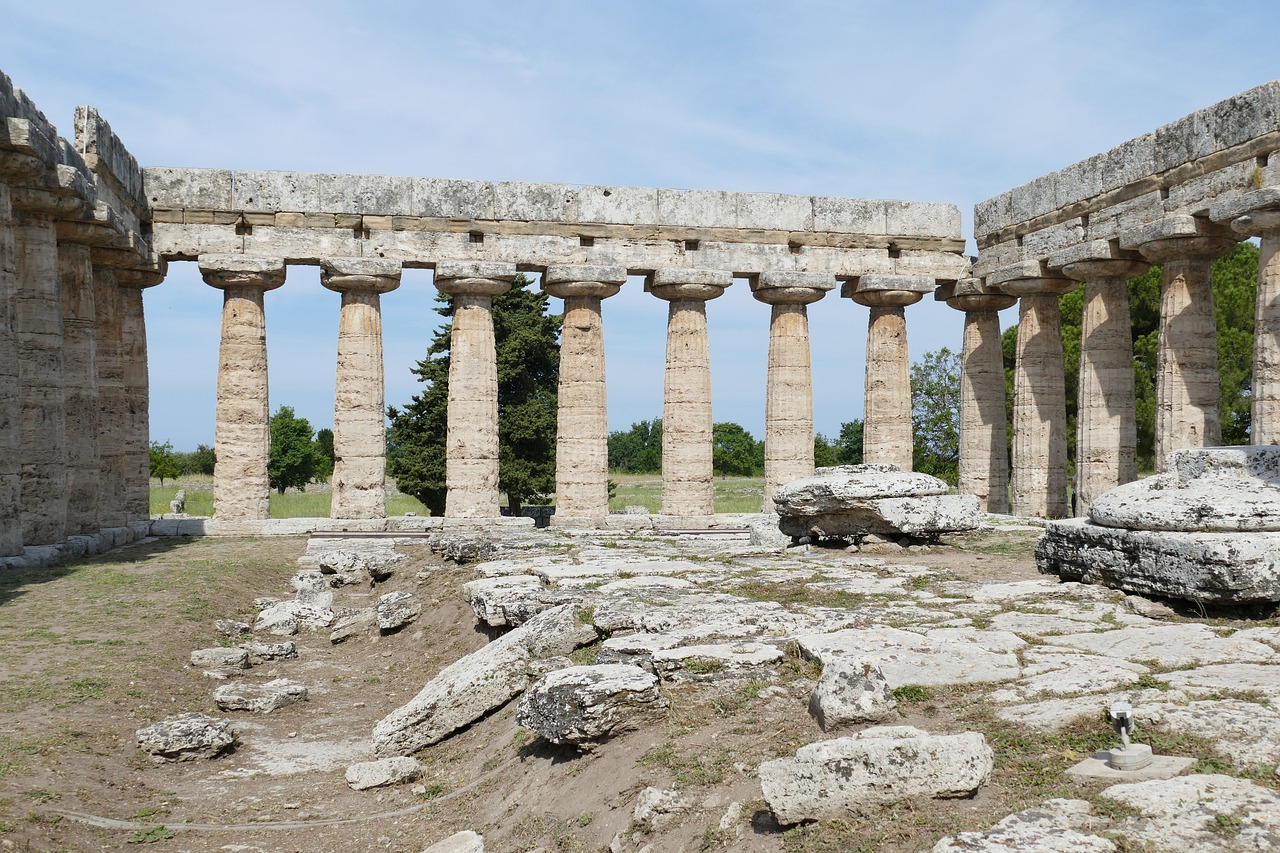
Community Involvement in Preservation
Exploring how education plays a crucial role in raising awareness about heritage and preserving cultural treasures for future generations.
When it comes to preserving our cultural heritage, the involvement of local communities is paramount. Communities are not just bystanders but active participants in safeguarding and promoting our shared heritage. By engaging with local residents, heritage preservation efforts can become more sustainable and inclusive.
Local communities bring a unique perspective and connection to heritage sites, often holding invaluable knowledge and traditions passed down through generations. Their involvement ensures that preservation efforts are culturally sensitive and respectful of the heritage's significance to the community.
Moreover, community involvement fosters a sense of ownership and pride in the heritage, leading to increased vigilance against vandalism, theft, or neglect. When people feel connected to their heritage, they are more likely to take responsibility for its protection and conservation.
One effective way to engage communities in preservation is through educational programs and outreach initiatives. By providing opportunities for learning and participation, communities can develop a deeper understanding of the importance of heritage preservation and the role they play in ensuring its survival for future generations.
Collaboration between local authorities, heritage organizations, and community groups is essential for successful preservation efforts. By working together, stakeholders can leverage their respective strengths and resources to address challenges and implement sustainable conservation practices.
In conclusion, community involvement in heritage preservation is not just beneficial but necessary for the long-term sustainability of our cultural treasures. When communities are actively engaged in preservation efforts, our heritage becomes more than just relics of the past; it becomes a living, thriving part of our present and future.

Challenges in Heritage Preservation
Exploring how education plays a crucial role in raising awareness about heritage and preserving cultural treasures for future generations.
When it comes to preserving our rich cultural heritage, there are several challenges that heritage conservation efforts often face. One of the most significant hurdles is the lack of funding. Many heritage sites require substantial financial resources for maintenance, restoration, and protection, but securing adequate funding can be a daunting task. Without sufficient financial support, heritage preservation projects may struggle to address urgent conservation needs and safeguard valuable historical assets.
Another common challenge in heritage preservation is the pressure from urban development. As cities expand and modernize, historical sites and buildings are often at risk of being demolished or altered to make way for new construction projects. Balancing the need for urban development with the preservation of cultural heritage is a delicate task that requires careful planning and collaboration between various stakeholders.
Furthermore, inadequate legal protection of heritage sites poses a significant challenge to their preservation. Without robust legal frameworks in place to safeguard heritage assets, these sites are vulnerable to neglect, vandalism, and unauthorized alterations. Strengthening legal protections for heritage sites is essential to ensure their long-term conservation and prevent irreversible damage to our shared cultural heritage.
In addition to these challenges, public awareness and appreciation of cultural heritage play a crucial role in its preservation. Educating communities about the value of their heritage and fostering a sense of ownership and pride can help mobilize support for conservation efforts and encourage active participation in preserving cultural treasures for future generations.
Addressing these challenges requires a concerted effort from governments, local communities, heritage organizations, and the general public. By recognizing and overcoming these obstacles, we can work together to ensure the protection and sustainability of our diverse cultural heritage for the benefit of present and future generations.

Digital Technologies in Heritage Education
Digital technologies have revolutionized the way we approach heritage education, offering innovative tools to engage audiences and promote cultural awareness. Through the use of virtual reality experiences, individuals can immerse themselves in historical settings and interact with artifacts in ways never before possible. Online platforms provide access to vast collections of cultural heritage materials, allowing users to explore diverse traditions and histories from around the world.
Moreover, digital technologies enable educators to create interactive learning experiences that cater to different learning styles and preferences. By incorporating multimedia elements such as videos, animations, and interactive quizzes, heritage education becomes more engaging and accessible to a wider audience. Students can now participate in virtual tours of heritage sites, collaborate on digital projects, and engage in real-time discussions with experts and peers from across the globe.
Furthermore, digital tools facilitate the preservation and documentation of cultural heritage, ensuring that valuable information is safeguarded for future generations. High-resolution imaging techniques, 3D modeling, and digital archiving methods help capture and preserve delicate artifacts and historical sites in intricate detail. These technologies not only aid in conservation efforts but also contribute to research, interpretation, and knowledge sharing within the heritage sector.
By harnessing the power of digital technologies, heritage education can transcend geographical boundaries and reach audiences on a global scale. Through virtual exhibitions, online workshops, and interactive storytelling, cultural heritage becomes more accessible and relevant to diverse communities worldwide. As technology continues to advance, the potential for digital innovation in heritage education remains limitless, offering new opportunities to inspire, educate, and connect individuals with their rich cultural heritage.

Sustainable Tourism and Heritage Preservation
Exploring how education plays a crucial role in raising awareness about heritage and preserving cultural treasures for future generations.
Highlighting the significance of teaching heritage education in schools and institutions to instill a sense of pride and responsibility towards cultural heritage.
Discussing various methods and techniques used in heritage conservation, including restoration, documentation, and sustainable practices to preserve historical sites.
Examining the role of local communities in heritage preservation efforts, emphasizing the importance of their active participation and engagement in safeguarding cultural assets.
Identifying common obstacles faced in heritage preservation, such as lack of funding, urban development pressures, and inadequate legal protection of heritage sites.
Exploring the use of digital tools and technologies, such as virtual reality and online platforms, to enhance heritage education and promote global awareness of cultural heritage.
When it comes to sustainable tourism and heritage preservation, it's crucial to strike a delicate balance between promoting tourism and conserving cultural heritage. Sustainable tourism practices aim to minimize the negative impact on heritage sites while maximizing the benefits for both visitors and local communities.
Evaluating the role of museums as educational institutions in promoting heritage awareness, showcasing cultural artifacts, and preserving intangible heritage traditions.
Discussing initiatives and programs aimed at empowering youth to become advocates for heritage conservation, emphasizing the importance of intergenerational knowledge transfer.
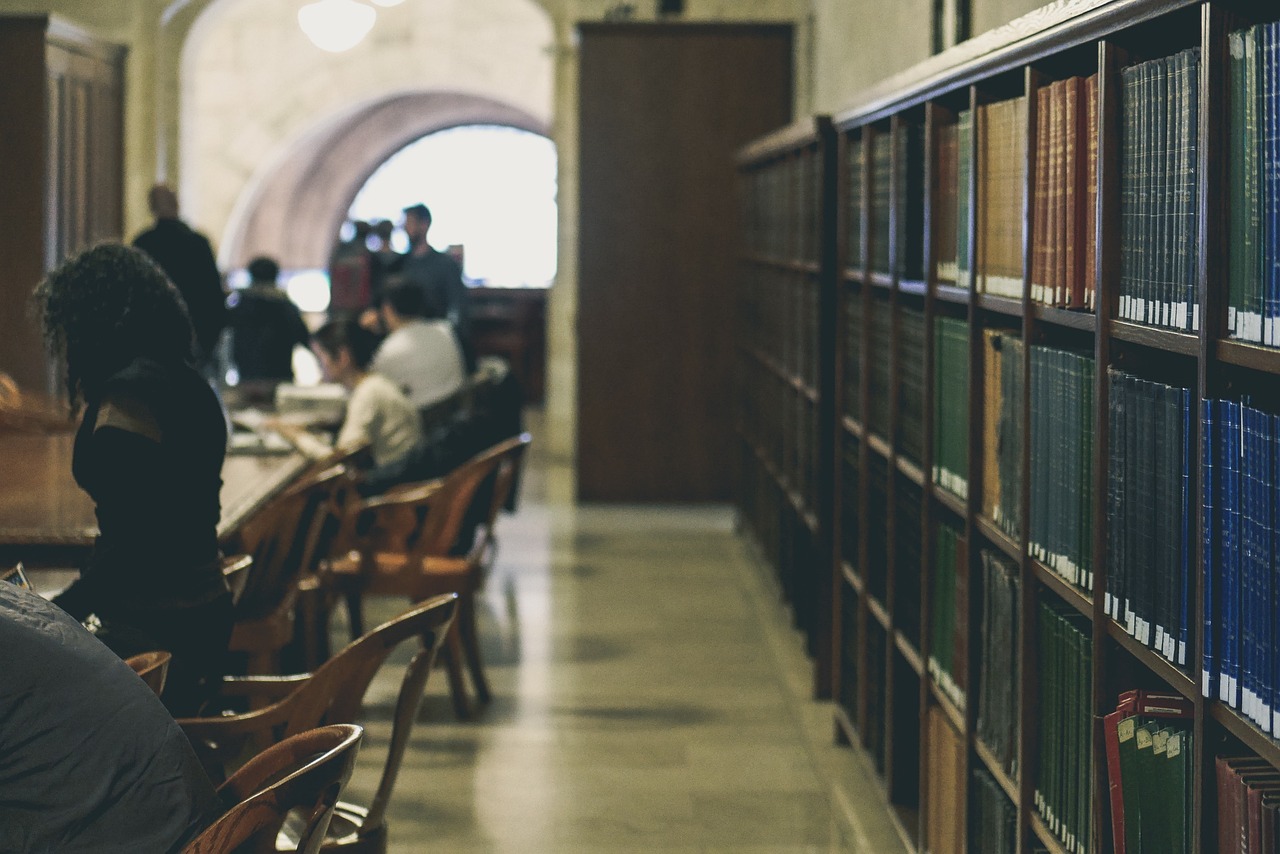
Role of Museums in Heritage Education
Museums play a pivotal role in heritage education by serving as educational institutions that not only preserve cultural artifacts but also actively engage visitors in learning about their heritage. These institutions act as guardians of history, providing a tangible connection to the past for present and future generations. By curating exhibitions, organizing educational programs, and conducting research, museums contribute significantly to raising awareness about cultural heritage.
Through interactive exhibits and storytelling, museums bring history to life, making it more accessible and engaging for visitors of all ages. By showcasing a diverse range of artifacts and artworks, museums offer a comprehensive view of different cultures and traditions, fostering a deeper understanding and appreciation for heritage. Visitors can immerse themselves in the past, gaining insights into the customs, beliefs, and practices of societies long gone.
Moreover, museums play a crucial role in preserving intangible heritage traditions, such as oral histories, performing arts, and traditional craftsmanship. By documenting and showcasing these intangible aspects of culture, museums ensure that valuable knowledge and skills are passed down through generations, preventing their loss and promoting cultural continuity.
Additionally, museums serve as platforms for dialogue and exchange, bringing together diverse communities to celebrate their shared heritage and promote intercultural understanding. Through collaborative projects and partnerships with local stakeholders, museums actively involve the community in heritage conservation efforts, fostering a sense of ownership and pride in cultural heritage.
Overall, museums not only educate and inspire visitors but also contribute to the broader goal of heritage preservation by safeguarding cultural treasures and promoting heritage awareness. By engaging with museums, individuals can actively participate in the preservation and promotion of their heritage, ensuring that cultural legacy remains vibrant and relevant in the modern world.

Empowering Youth for Heritage Conservation
Empowering youth for heritage conservation is vital for ensuring the preservation of cultural treasures for future generations. By engaging young individuals in heritage education and conservation efforts, we are not only passing down valuable knowledge but also cultivating a sense of responsibility and pride towards our shared cultural heritage. Initiatives and programs that focus on youth involvement play a crucial role in instilling a deep appreciation for heritage and encouraging active participation in conservation activities.
One effective approach to empowering youth for heritage conservation is through hands-on experiences and practical learning opportunities. By involving young people in restoration projects, archaeological digs, or heritage documentation initiatives, they can develop a tangible connection to their cultural heritage and understand the importance of preserving it for posterity. These immersive experiences not only educate youth about the value of heritage but also inspire them to take an active role in safeguarding it.
Furthermore, intergenerational knowledge transfer plays a significant role in empowering youth for heritage conservation. By providing opportunities for young individuals to learn from seasoned experts, historians, and conservationists, we can ensure that traditional craftsmanship, preservation techniques, and cultural practices are passed down to the next generation. This transfer of knowledge not only enriches the understanding of heritage but also equips youth with the skills and expertise needed to contribute meaningfully to conservation efforts.
Collaboration with educational institutions, museums, and community organizations is essential in empowering youth for heritage conservation. By integrating heritage education into school curricula, organizing workshops and seminars on cultural preservation, and facilitating mentorship programs with heritage professionals, we can create a supportive ecosystem that nurtures the passion and commitment of young individuals towards heritage conservation. Engaging youth in meaningful ways and providing them with platforms to showcase their contributions can inspire a new generation of heritage advocates and stewards.
Frequently Asked Questions
- What is the significance of heritage education?
Heritage education plays a crucial role in fostering a sense of pride and responsibility towards cultural heritage. By learning about the history and significance of heritage sites, individuals develop a deeper appreciation for their cultural roots and are more likely to engage in preservation efforts.
- How can local communities contribute to heritage preservation?
Local communities are vital in heritage preservation as they have firsthand knowledge and emotional connections to heritage sites. Their active involvement in conservation efforts, through initiatives like community clean-ups, awareness campaigns, and advocacy for legal protection, can significantly impact the safeguarding of cultural assets.
- What are the main challenges faced in heritage preservation?
Common challenges in heritage preservation include limited funding for conservation projects, pressures from urban development that threaten historical sites, and inadequate legal frameworks for protecting heritage assets. Overcoming these obstacles requires collaboration among stakeholders and innovative solutions to ensure the sustainable preservation of our cultural heritage.
- How do digital technologies contribute to heritage education?
Digital tools like virtual reality and online platforms enhance heritage education by providing interactive and immersive experiences for learners. These technologies make cultural heritage more accessible and engaging, allowing people worldwide to explore and appreciate diverse heritage sites from the comfort of their homes.
- Why is empowering youth important for heritage conservation?
Empowering youth to become advocates for heritage conservation ensures the continuity of preservation efforts for future generations. By involving young people in heritage initiatives and knowledge transfer programs, we cultivate a sense of ownership and responsibility in safeguarding our shared cultural heritage for years to come.






